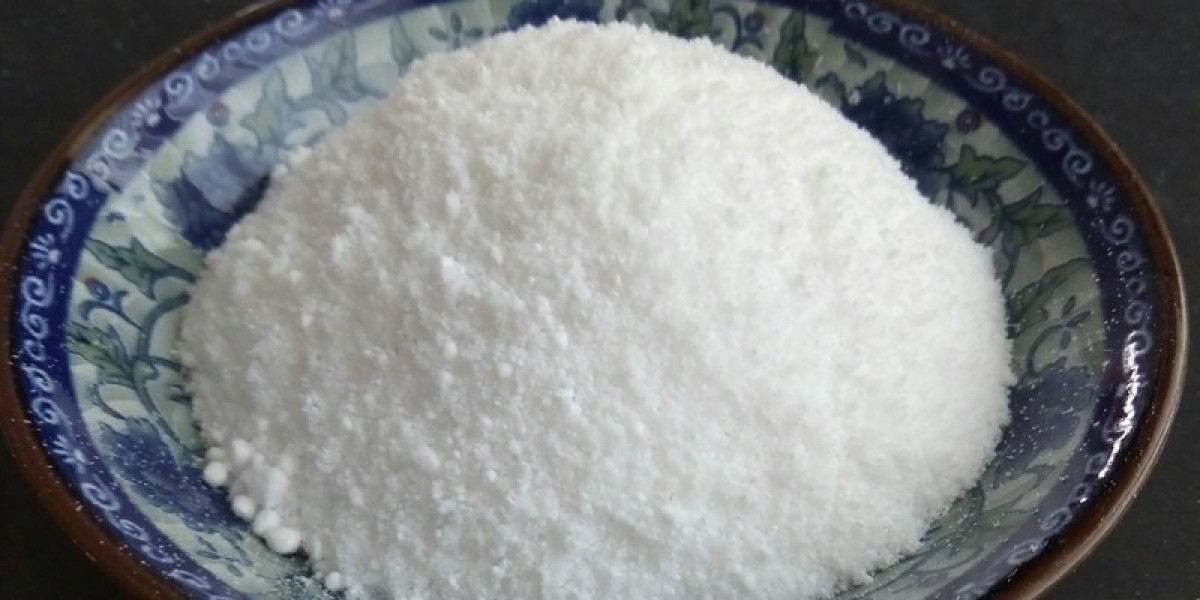Precipitated silica, also known as silica gel, is a fine, white, porous, non-crystalline form of silica produced by artificial means. It is synthetically manufactured by neutralizing a soluble silicate with an acid resulting in the formation of a gel-like precipitate. The precipitate is washed to remove salt and then dehydrated to produce a high-purity amorphous form of silica.
Properties and Uses of Precipitated Silica
Precipitated silica has several important properties that make it useful for various industrial applications. Its high porosity, absorptive qualities and purity profile significantly expand its usage potential.
High Purity and Absorptive Qualities
With a pore structure in the nanoscale range, silica gel has a very high surface area and absorptive capacity. This makes it useful as a dehydrating agent or desiccant to absorb moisture in various materials and applications. Its high purity and chemical inertness also allow its use as a food-grade anti-caking and anti-lumping agent in powdered foods.
Enhanced Physical Properties
When added as a reinforcing filler in rubber, plastics and other polymers, silica gel improves physical properties like tensile strength, tear resistance, heat resistance, Young's modulus and surface hardness. Precipitated Silica is used extensively in automobile and truck tire manufacturing to enhance tread performance and fuel efficiency.
Specialty Applications
Given its amorphous nature, silica gel can soak up oil and solvents without changing shape. This makes it suitable for use as an adsorbent in oil and grease filters. Its absorptive properties and purity also find applications in oral care, healthcare and animal nutrition industries. Recent research has explored use of silica gel in bone grafts, wound dressings and controlled drug delivery systems.
Production and Processing
Water glass or sodium silicate is the primary raw material used in production of precipitated silica. It reacts with a mineral acid like sulfuric acid which causes silica to precipitate out of solution. The resulting gel is washed, filtered and dried before being shipped to end-use industries. Due to its highly absorptive and reinforcing properties, silica gel commands a higher price compared to other forms of industrial silica.
Green Manufacturing Methods
Modern production facilities employ green technologies to optimize resource usage and minimize emissions in the manufacturing process. Some plants also integrate waste heat recovery systems to improve energy efficiency. Use of renewable fuels and adoption of cleaner production practices help lower the carbon footprint of silica gel manufacturing. Its filler properties in rubber and plastics also aid in reducing overall material usage in various industrial parts. These factors make silica gel a more sustainable choice as an industrial mineral.
Dynamics and Growth Projections
The global precipitated silica was valued at around US$ 2.5 billion in 2019. Tire manufacturing remains the largest end-use segment, accounting for over 50% of total demand. However, silica gel consumption is growing steadily in other industrial and consumer goods sectors as well. Asia Pacific currently dominates consumption with China as the world's top producer and consumer. Europe and North America are established regional markets while demand is rising fastest in the developing economies. The is projected to grow at over 5% annually through 2026, driven by increased adoption across various industries including tires, food, personal care and construction.
Precipitated silica has emerged as an important industrial mineral due to its unique physical properties and high purity profile. Its widespread use in rubber reinforcement and specialty applications has established a sizable global market. Ongoing innovation and new product developments are further expanding its usage horizon. Along with growing consumption across industries, adoption of eco-friendly production techniques will ensure the sustainability of silica gel manufacturing and supplies in the future.
Get more insights on Precipitated Silica



